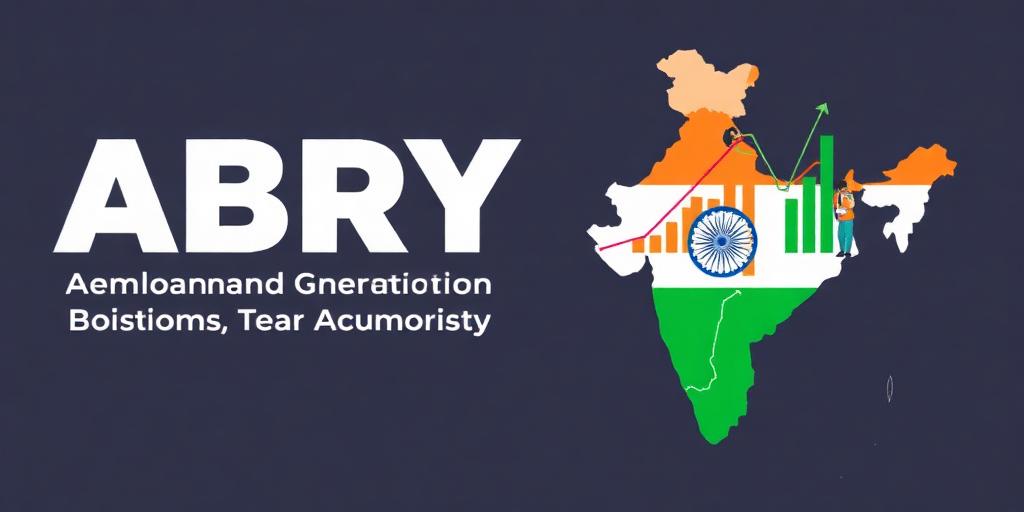The Atmanirbhar Bharat Rojgar Yojana (ABRY), launched in 2020, continues to be a pivotal initiative in India's efforts to generate employment and stimulate economic recovery. As we approach 2025, it is essential to examine the program's impact, its ongoing relevance, and potential future directions.
Background and Objectives
The ABRY was introduced as part of the broader Atmanirbhar Bharat package to mitigate the economic disruption caused by the COVID-19 pandemic. The scheme's primary objective is to incentivize employers to create new jobs and re-employ individuals who lost their jobs during the pandemic. By reducing the financial burden on employers, the government aims to boost hiring and accelerate the recovery of the labor market.
Key Components of the ABRY
The ABRY provides financial assistance to eligible employers in the form of subsidies. These subsidies cover both the employer's and employee's contributions to the Employees' Provident Fund (EPF) for a period of two years. The specific benefits vary based on the size of the organization:
- Establishments with up to 50 employees: The government contributes 12% of both the employer's and employee's contributions to the EPF.
- Establishments with more than 50 employees: The government contributes only the employee's share of 12% to the EPF.
To be eligible, new employees must have a salary of less than INR 15,000 per month and must be newly hired after October 1, 2020. Additionally, establishments must meet certain criteria, such as being registered with the Employees' Provident Fund Organisation (EPFO) and not having reduced their employee base from a reference date.
Impact and Achievements
Since its inception, the ABRY has had a notable impact on employment generation. Data from the EPFO indicates that the scheme has facilitated the creation of numerous jobs across various sectors. By reducing the financial strain on employers, the ABRY has encouraged businesses to expand their workforce, particularly in labor-intensive industries.
Challenges and Areas for Improvement
Despite its successes, the ABRY faces several challenges that need to be addressed to enhance its effectiveness. One significant issue is the limited awareness of the scheme among smaller businesses, which may miss out on the benefits due to a lack of information. Streamlining the application process and improving outreach efforts could help increase participation.
Another area for improvement is the need for better monitoring and evaluation mechanisms. While the EPFO provides data on the number of jobs created, there is a need for more detailed analysis of the types of jobs, the sectors benefiting the most, and the long-term impact on employment. Such analysis would help refine the scheme and ensure it meets its intended objectives.
Future Directions and Recommendations
As we look ahead to 2025, the ABRY should continue to evolve to address the changing needs of the labor market. One potential direction is to expand the scope of the scheme to include other forms of employment, such as gig workers and freelancers, who constitute a growing segment of the workforce. Additionally, the government could consider extending the duration of the subsidies to provide longer-term support to employers.
Furthermore, integrating the ABRY with other employment-related initiatives, such as skill development programs and job portals, could create synergies and enhance its impact. By providing a comprehensive suite of services, the government can better support both employers and job seekers.
Conclusion
The Atmanirbhar Bharat Rojgar Yojana remains a crucial instrument for promoting employment and economic recovery in India. By addressing the challenges and adopting the recommendations outlined above, the ABRY can continue to play a significant role in shaping a more resilient and inclusive labor market in the years to come. As the program moves forward, continuous evaluation and adaptation will be essential to maximize its effectiveness and ensure it meets the evolving needs of the Indian economy.









